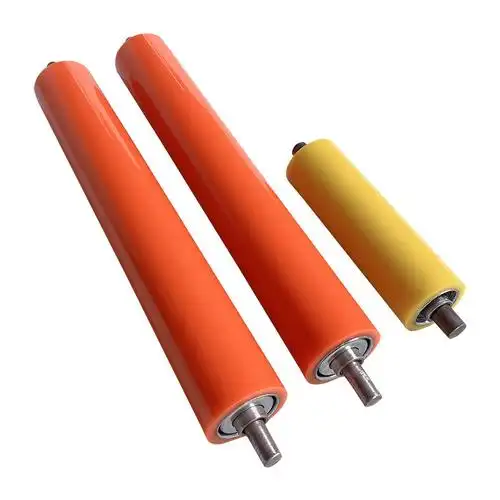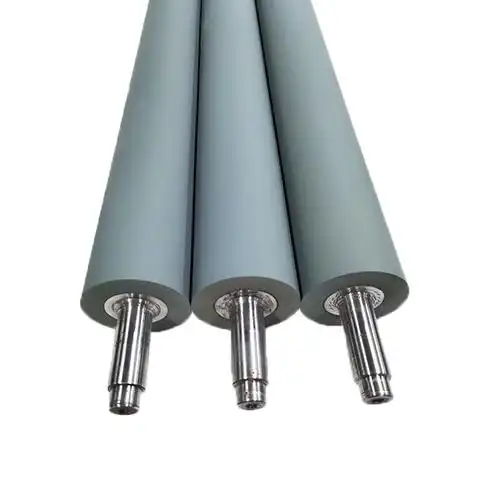rubber print roller
A rubber print roller is a specialized industrial component essential for various printing and coating applications. This precision-engineered device consists of a metal core covered with high-quality rubber compound, designed to transfer ink, adhesives, or coatings onto different substrates with exceptional accuracy. The roller's surface characteristics, including hardness, resilience, and texture, are carefully calibrated to ensure optimal performance across diverse printing conditions. Modern rubber print rollers incorporate advanced materials technology, featuring compounds that resist wear, chemicals, and temperature variations while maintaining consistent printing quality. These rollers are integral to flexographic printing, packaging industries, and various manufacturing processes where precise material transfer is crucial. The design includes specific surface treatments and patterns that control ink distribution and prevent issues like ghosting or smearing. Manufacturing processes ensure uniform rubber coverage and precise dimensional accuracy, which is essential for maintaining print quality and reducing maintenance requirements. The roller's core construction provides structural stability while the rubber compound offers the necessary flexibility for different printing applications, making it a versatile tool in modern printing operations.


